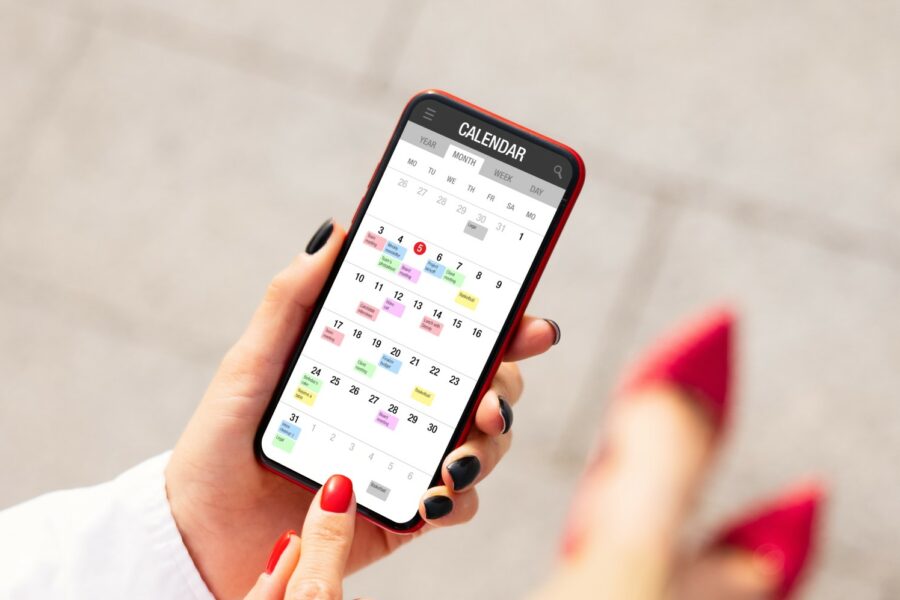Check you’re ready to pass
You’ll usually be ready to take your driving test when:
1.You do not need prompts from your driving instructor.
2.You do not make serious or dangerous mistakes when you’re driving.
3.You can pass mock driving tests.
4.You have practised ways of managing your nerves.
5.Your driving instructor agrees you are ready.
Move your driving test if you’re not feeling ready
You’re more likely to pass your driving test if you move it back so you have more time to:
- brush up on your skills
- take a few more mock tests
- practise managing your nerves
It’s free to change your appointment time, as long as you do it at least 10 full working days (Mondays to Saturdays) before your test.
And by moving your test, you’ll free up an appointment for someone who is ready to pass.
Check you’re ready to pass with our checklist
Are you ready to pass? You’ll usually be ready to take your driving test when you can say ‘yes’ to these 5 points.
1. You do not need prompts from your driving instructor
You need to be dealing with every part of driving consistently, confidently and independently – without any prompting from your driving instructor.
You’ll be getting ready for your test when you’re able to adapt to situations and see why developing your skills makes you safer and more fuel-efficient.
2. You do not make serious or dangerous mistakes when you’re driving
You need to be a good and safe driver to pass the driving test.
If you’re making serious or dangerous mistakes during your driving lessons and brushing them off as ‘silly mistakes’, you’re not ready to pass your driving test and drive on your own.
3. You can pass mock driving tests
Taking and passing mock driving tests with your driving instructor will help you understand if you’ve reached the standard that’s needed to pass.
4. You have practised ways of managing your nerves
It’s really important to be able to manage your nerves to be a safe driver.
Practise ways of managing your nerves to help you stay calm and focused when you take your test. This will help you in the vital months after you’ve passed your test, too.
5. Your driving instructor agrees you’re ready
If your driving instructor says you’re not ready to take your driving test, listen to them.
Driving instructors are specially trained road safety experts. They’ve got lots of driving experience – and they know what it takes to pass the driving test.
Remember, they want you to be a safe driver, keep your insurance costs low, and enjoy driving for years to come.
Skills you need to pass your driving test

When you learn to drive, you’ll be learning and practising 27 important driving skills that you’ll need for a lifetime of safe driving.
Learn with a driving instructor
It’s unlikely that anyone except an approved driving instructor (ADI) will have the experience, knowledge and training to teach you properly.
They’re specially trained to help you learn the skills.
Practise with family or friends
When you’re at the right level, it’s a good idea to start practising with family or friends between your driving lessons.
People who combine extra practice with driving lessons do better when they take their driving test.
The skills you need to learn
The skills you need to learn to become a safe driver are split into 8 groups.

Basics
Includes legal responsibilities, safety checks, cockpit checks and security.

Control and positioning
Includes controls and instruments, moving away and stopping, and safe positioning.

Observation, signalling and planning
Includes mirrors, signals, anticipation and planning, use of speed, other traffic and fuel-efficient driving.

Junctions, roundabouts and crossings
Includes junctions, roundabouts and pedestrian crossings.

Manoeuvres
Includes reversing, turning the car around, parking and emergency stops.

Road types
Includes country roads, dual carriageways and motorways.

Driving conditions
Includes driving in the dark, driving in different weather conditions, and driving with passengers and loads.

Following routes (skill 27)
Includes independent driving following directions from a sat nav and a series of traffic signs.
Managing driving test nerves

Nervousness is a natural reaction to tests and exams. And driving tests are no different. Driving examiners know this, and they’ll do their best to help you relax.
Why it’s important to practise ways of managing your nerves
Being able to manage your nerves is a really important skill – and not just for your driving test. You might be nervous the first time you:
- drive in an unfamiliar city on your own
- have to deal with a really complex roundabout
- drive on country roads at night
So learning how to manage your nerves is a vital skill for new drivers.
1 in 10people who fail the driving test say it was mostly down to nerves
Basic tips to help manage your nerves
Talk to your driving instructor about the ways you might be able to manage your nerves. They’re used to teaching people who are nervous about taking the driving test.
Here are some other basic tips that can help.
1. Plan ahead
Do not take your test when other stressful things are happening in your life, such as school exams.

2. Get a good night’s sleep
Get a few good nights of sleep before your test – you’ll feel more stressed if you’re tired.

3. Avoid caffeine
Avoid too much caffeine before your test: it might make you feel jittery and nervous.

4. Be positive
Focus on passing your test rather than worrying about failing it. Stay in the moment and concentrate, avoid thinking back to what has just happened.

Mindfulness

Mindfulness might be one way of helping you to manage your nerves.
So what is it? Mindfulness involves paying attention to what is going on inside you and around you, moment by moment.
Studies show that mindfulness can help with stress and anxiety.
Many people find mindfulness helpful, but it’s not right for everyone. Some people find that it does not help them.

